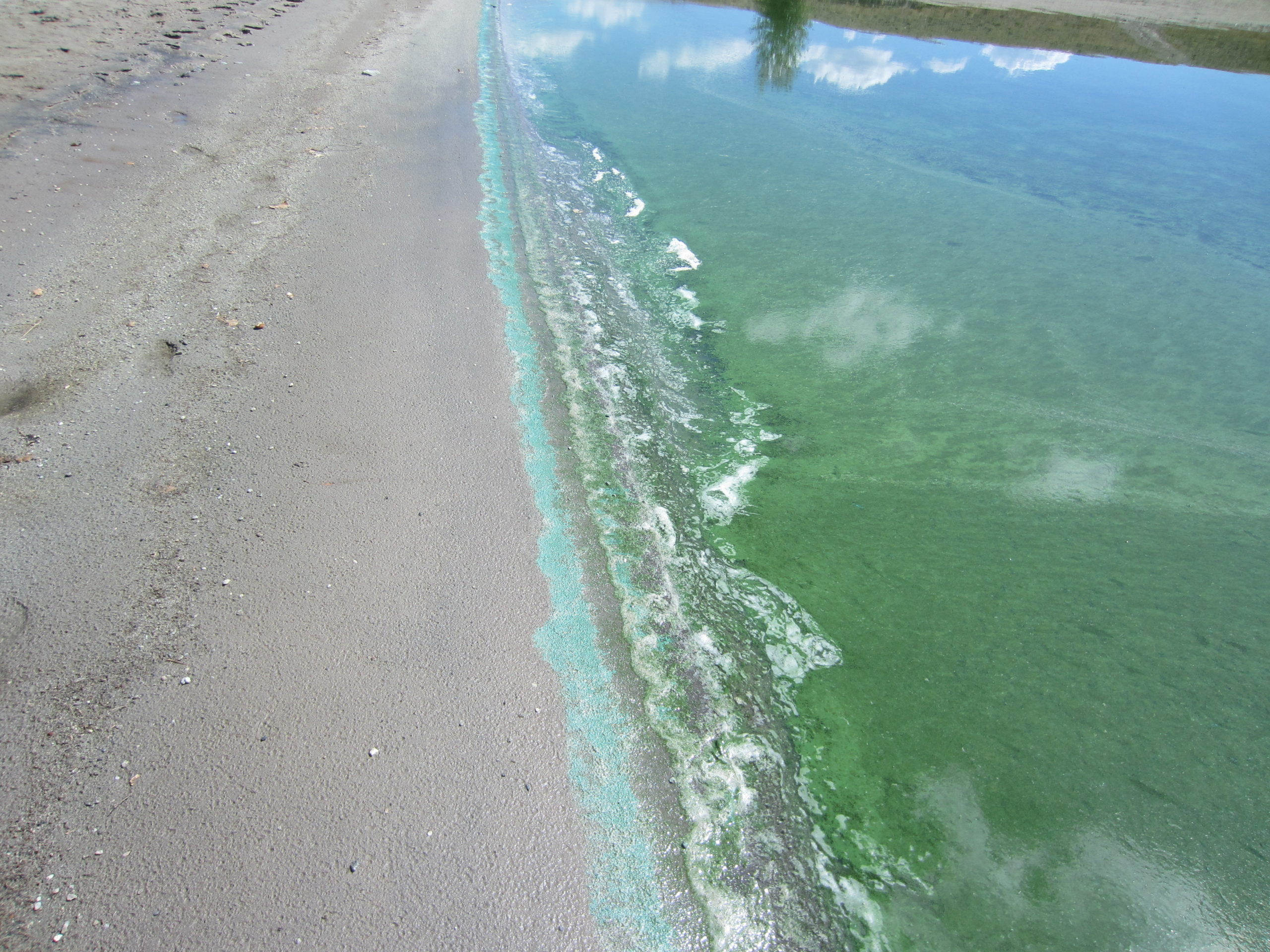
By Nicole Pollack
Casper Star-Tribune
Via- Wyoming News Exchange
CASPER — Harmful algae season is months away, but Wyoming regulators are already gearing up to test for toxins at some of the state’s most vulnerable waters.
The Wyoming Department of Environmental Quality (DEQ) began tracking harmful algal blooms statewide in 2017. Every spring, the agency revisits the past year’s findings to refine its strategy for the next.
DEQ staff discussed their takeaways from the 2021 bloom season at a virtual public meeting on March 24. The DEQ continued to rely last year on information from citizen reports and satellite imagery to help with detecting and tracking blooms.
In collaboration with other state agencies, DEQ staff also began conducting routine monitoring at 20 popular recreation spots and introduced tiered health advisories — rather than blanket warnings — to distinguish potentially harmful blooms from ones actively producing toxins.
Now the agency must build the lessons from 2021 into its plans for 2022. It’s just starting to work out what that might look like.
“We’re trying to identify other water bodies that we want to do monitoring at — looking at what our resources are,” Lindsay Patterson, surface water quality standards supervisor at the Wyoming Department of Environmental Quality, told the Star-Tribune.
Harmful algal blooms have become a growing concern across the country in recent years.
The tiny organisms that cause the blooms grow better in warmer water — an effect of climate change. And they thrive in water overloaded with nutrients like nitrogen and phosphorus, which rainwater carries from onshore sources, such as manure, to nearby lakes, ponds and streams.
Nutrients can be tough pollutants to regulate. The state is in the process of developing standards intended to lower nutrient levels in surface waters, but according to Patterson, there’s no one-size-fits-all approach the state can take.
“So much of addressing the problem of nutrients has to be driven by the local community,” she said. “That’s what’s going to be the most effective moving forward.”
The U.S. Environmental Protection Agency (EPA) reiterated its commitment to supporting states’ nutrient pollution mitigation efforts in a policy memorandum issued Tuesday.
“Our nutrients memo is a call for scaling up the innovative approaches being used by farmers, ranchers, water agencies, local municipalities, industry, and communities to make progress,” Radhika Fox, EPA assistant administrator for water, said in a statement.
Wyoming regulators know a lot more about harmful algal blooms than they did in 2017.
The DEQ has counted more blooms every year it’s looked — almost certainly, Patterson said, because the agency has improved at finding them.
Last summer, the Wyoming Department of Health issued bloom advisories for 28 bodies of water and toxin advisories for eight of those.
There are “just more eyes on the ground,” Patterson said.
But the state still has plenty to figure out.
It knows, for example, that less than half of documented harmful algal blooms have been found to produce dangerous levels of toxins. But it isn’t sure why.
People exposed to those toxins while recreating in surface water could experience anything from gastrointestinal issues to rashes to cold-like symptoms, and may even need to be hospitalized.
Pets, meanwhile, tend to be more susceptible than humans. After exposure, they might cough or start to stumble. Their condition can quickly deteriorate and lead to death.
If humans or pets become sick after contact with water and a bloom was visible in the area, the illness should be reported to the DEQ, Patterson said.
Harmful algal blooms typically begin in Wyoming in mid-July and end around November. During those months, members of the public can check a map of bloom advisories maintained by the agency before recreating and look out for posted signs warning of toxin risk.






